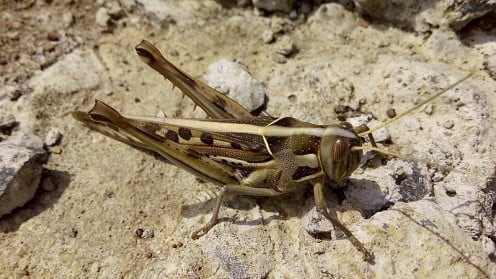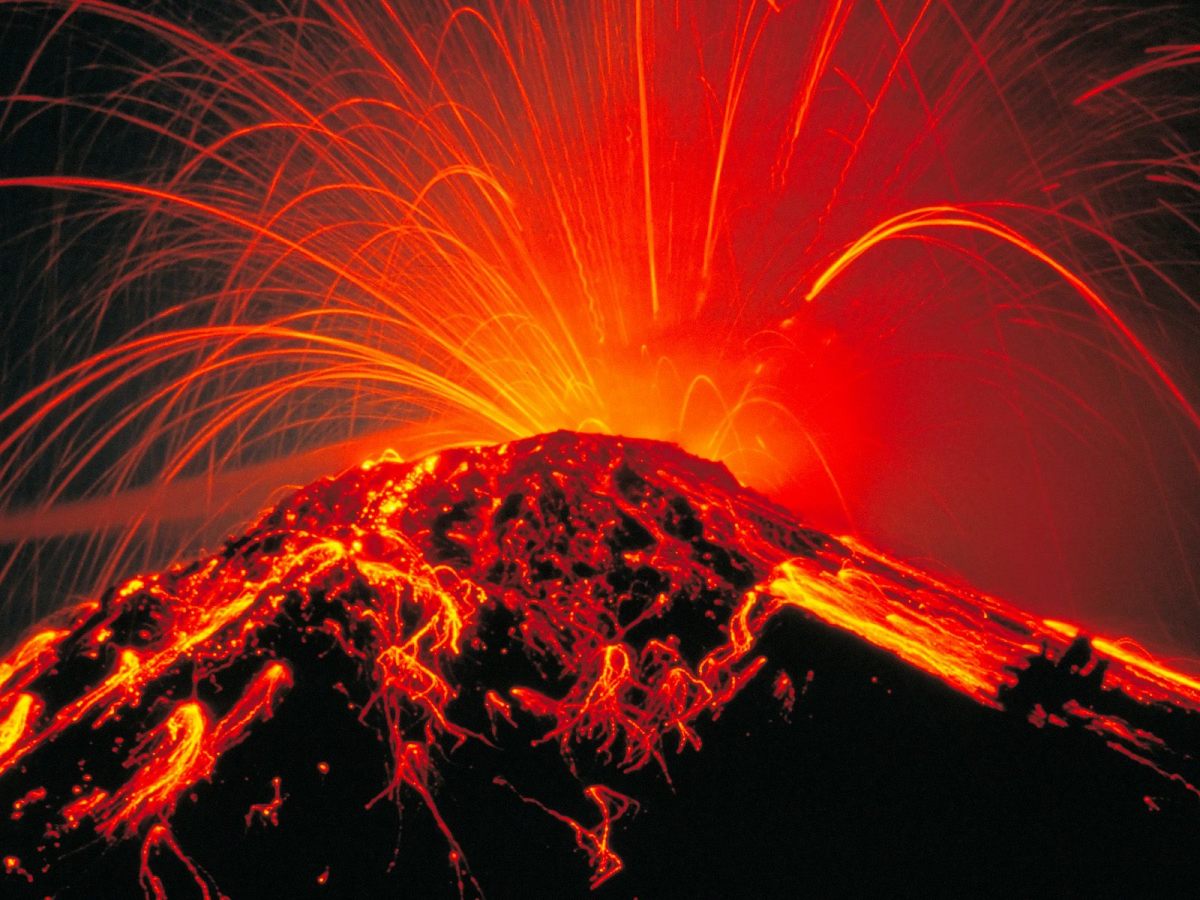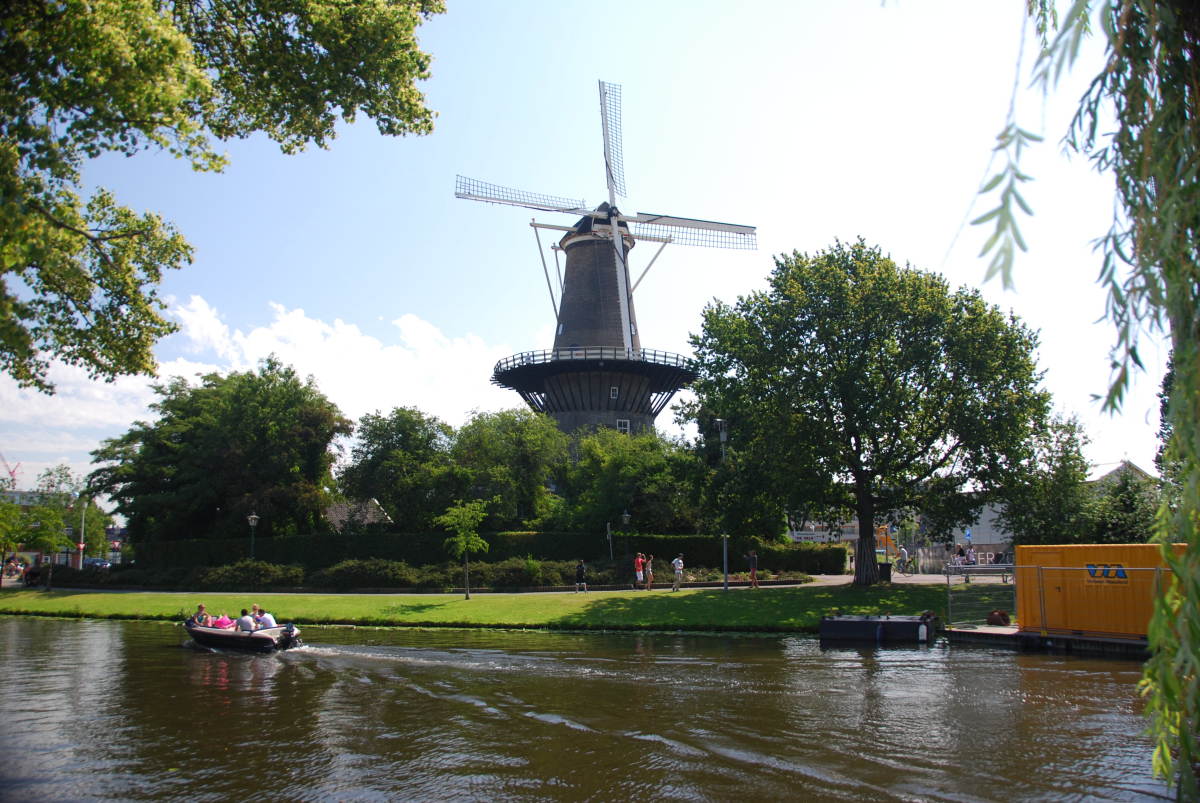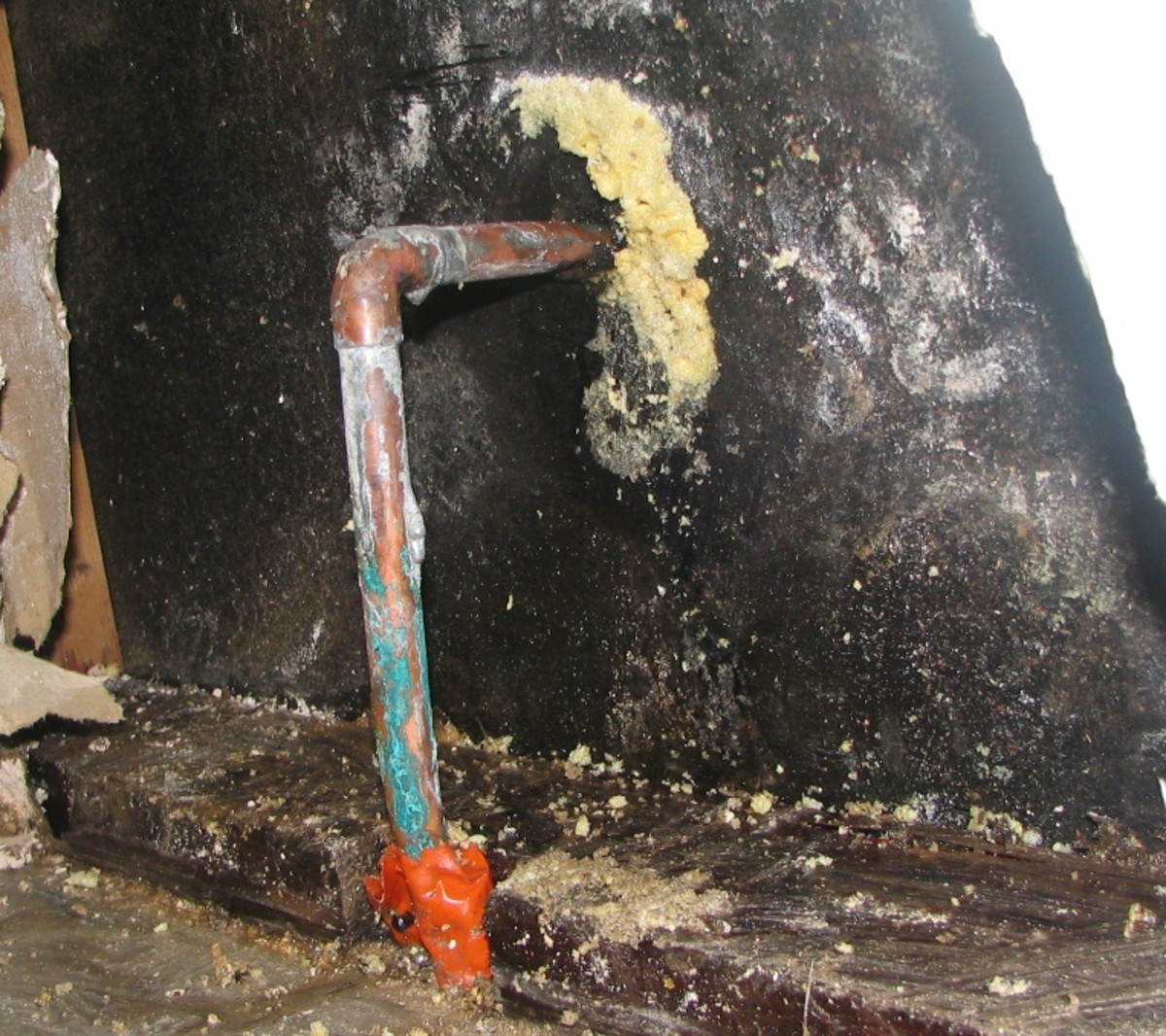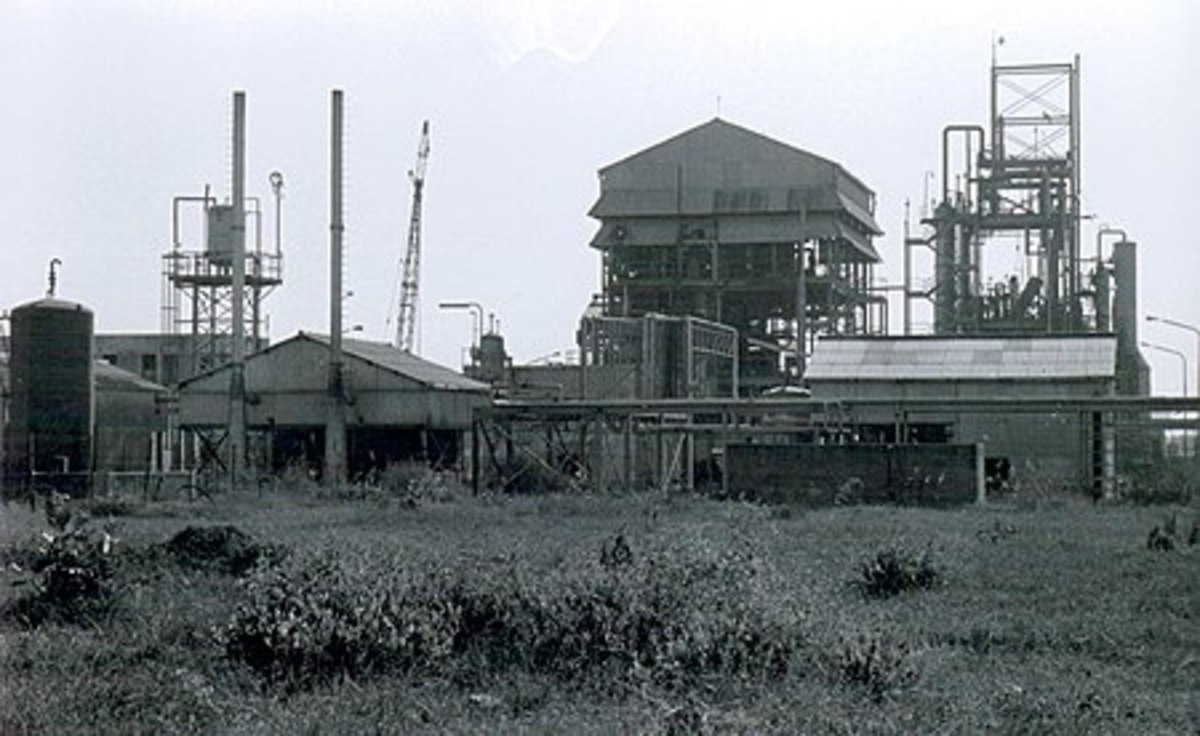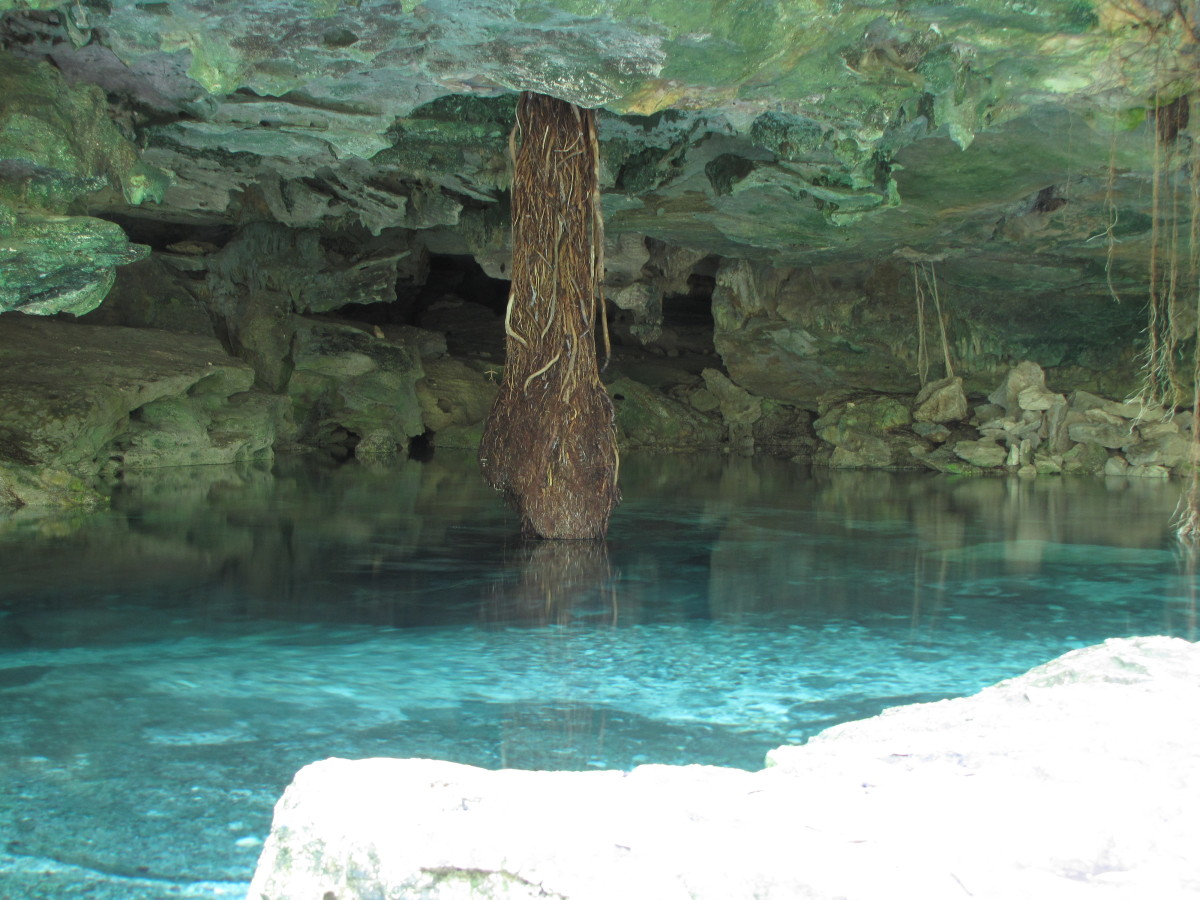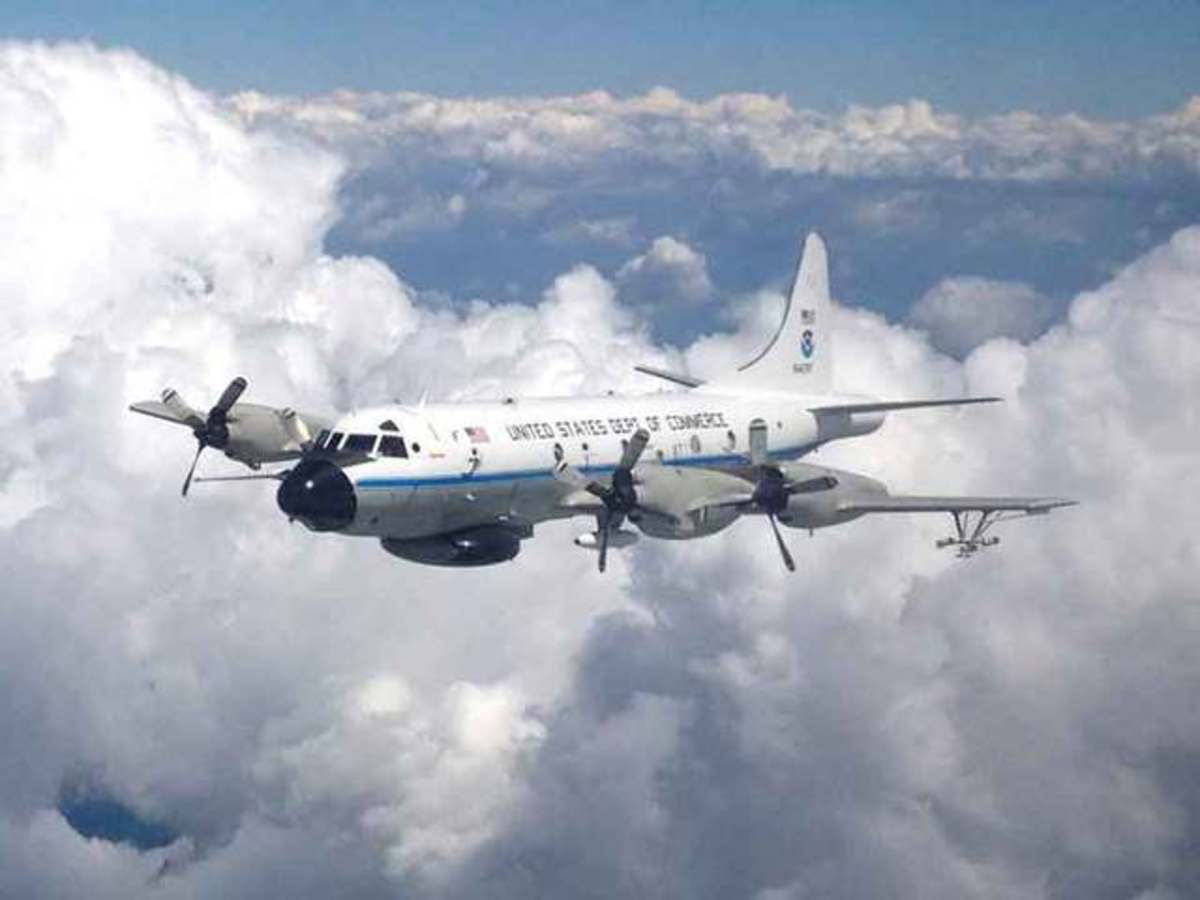History of Some of the Worst Natural Disasters of the 20th Century
The great vast of energy unleashed by earthquakes, volcanic eruptions, hurricanes, landslides and other natural disasters can leave people feeling vulnerable and defenseless against the strong forces of nature. Throughout most of history, these devastating experiences have been considered 'Acts of God', with no hope of predicting them or preparing for them. Although we now have an understanding of how an earthquake happens, how a volcano erupts or when there's going to be a mass flooding in certain regions so people are well informed to prepare for evacuation. These are still awesome events, for all our ability to set down some sort of explanation for them and how to act on them.
In the past hundreds of years, several people have lost their lives in earthquakes, have been killed by hurricanes and tornadoes and also several have lost their lives in major floods. In addition to this many millions more have lost their lives as a result of famine and disease, often brought about by another natural catastrophe. We should also not forget the long term disasters, particularly drought. In many of the world's countries chronic water shortage is a fact of life, especially in the African Sahel region bordering the Sahara desert. The numbers of people whose lives are affected by natural disasters runs into the hundreds of millions.
Today, the one hundred most dangerous volcanoes in the world have been identified and are continually monitored by satellites and ground instruments, providing a crucial early warning for millions of people around the world.
Mount Pinatubo, 1991
When Mount Pinatubo (in the Zambales Mountains) erupted in the Philippines in 15th June 1991 only about 800 people died because American and Filipino teams of volcano observers had correctly predicted the eruption and ensured that thousands of residents were evacuated from the area in time. This active stratovolcano is located in Luzon, a major island of the Philippines. This 1991 volcanic eruption was very large and is thought to be the second largest to occur in the 20th century.
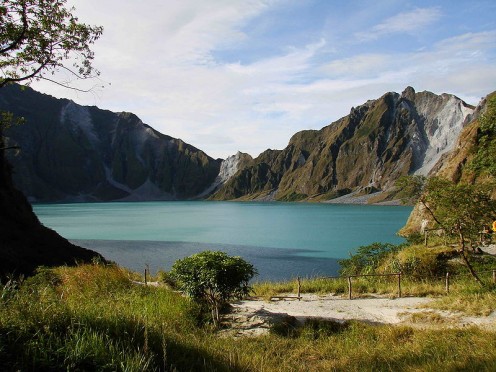
Floods
When it rains, the water may soak into the ground, fall into rivers and streams or simply evaporate. One of the quickest ways for water to get into rivers is by surface run off. This happens when water falls on hard rock that is unable to soak it up. The water runs off the rock to produce streams which then become rivers. If there is a large run off the rivers may be unable to cope with the added amount of water and overflow their banks causing floods. An increase in surface run off can be caused by heavy falls of snow on high ground or long periods of rain. In dry weather there can be flash floods. These are caused by a sudden heavy rainfall on to a hard surface. In 1993 over 20 people lost their lives in a flash flood in Ohio, USA. Flooding can also be caused by high seas and strong winds. Often coastal defenses cannot cope with extreme conditions and sea water floods the land.
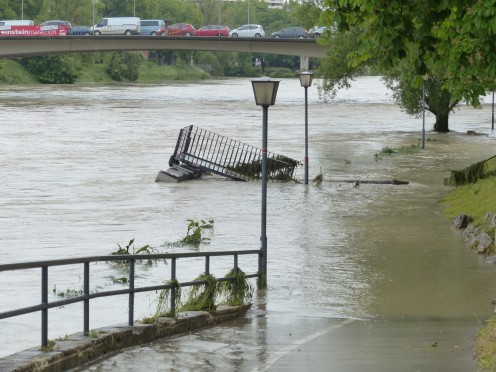
The Netherlands Floods
The people of the Netherlands are excellent at reclaiming land from the sea and keeping out floodwater and in the past years they have built a number of defenses against flooding. In February 1953 their skills were put to the test when fifty of Netherlands' sea dykes were breached in a single night and the sea poured through. Hurricane winds of over 160 km/h (100mph) pushed water from the Atlantic into the North Sea sending abnormally high tides and waves against the dykes. More than a hundred towns vanished under water. Around 1800 people were drowned and there was considerable damage to property. Seventy two thousand people had to be evacuated from their homes. Three thousand houses were totally destroyed. Hundreds of square kilometers of agricultural land were ruined by salt water. After the floodwaters had gone down a massive clear-up operation was begun. People from 25 countries helped fly in food and medical supplies to the Dutch people.
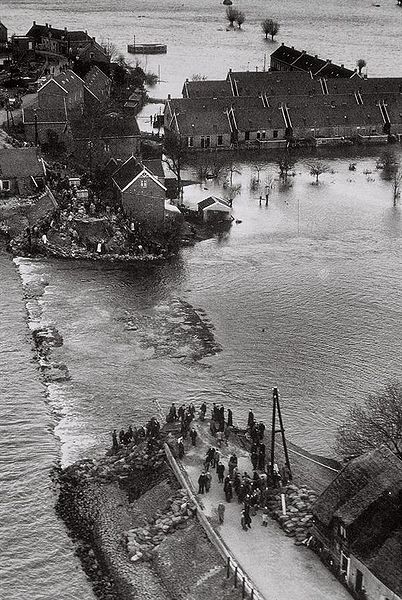
Bangladesh Floods
During the three months of August, September and October 1988 severe monsoon rains swept across India and Southeast Asia. Destruction of the forests in the Himalayas had removed one of the natural defenses against flooding and the waters swept unimpeded down the mountains. The Ganges river, which flows across the plains of Bangladesh, frequently floods but this year the damage was colossal. Defenses that had been built to hold back the water were overwhelmed as three quarters of the country disappeared under water.
It was described as one of the worst natural disasters of the century as an estimated 5,000 people drowned and more than half the population were left homeless. Disease compounded the misery as three million people fell ill from diarrhea and dysentery. The economy of Bangladesh practically came to a standstill as factories and equipment were destroyed and 85 percent of the population became unemployed. Even months later villages were still cut off by the flood waters.
In the 1990s a Flood Action Plan was started with the aim of controlling river flooding. Experts from around the world are lending their help. However, given the scale of the problem, it is unlikely that a solution will soon be found.
Florence Floods
In 1966, Europe suffered extremely bad weather when gales and storms lashed France, Switzerland, Germany and Italy. Strong winds brought enormous amounts of rain along the whole length of Italy and in Florence, on 3rd and 4th November, they had more than a third of their average annual rainfall in just two days. The River Arno burst its banks, rising over 5 meters (16ft) in the city. Water began cascading through the city making 5000 families homeless and swamping many of the famous buildings.
Six hundred paintings were under water for hours at the Uffizi Gallery and over six million books were damaged or destroyed. Thousands of priceless art treasures were lost or irreparably damaged as hundreds of thousands of tons of mud were deposited within the city. Thirty five people drowned in the city and over a hundred more in the surrounding countryside. After the floods receded volunteers from all over the world came to help with the rescue operations and to try to restore the damaged works of art.
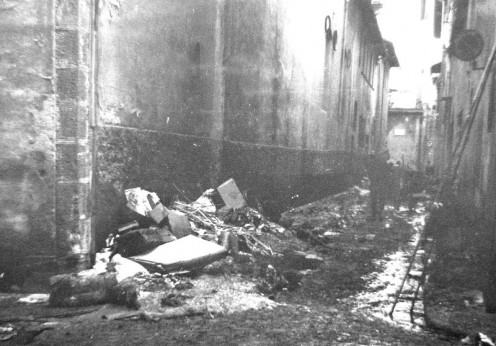
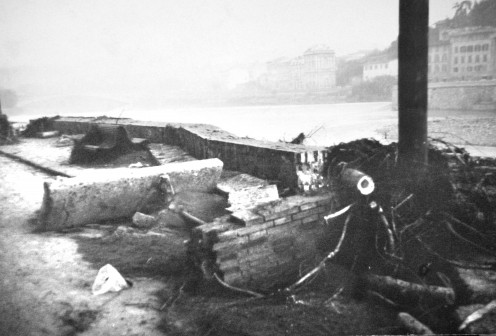
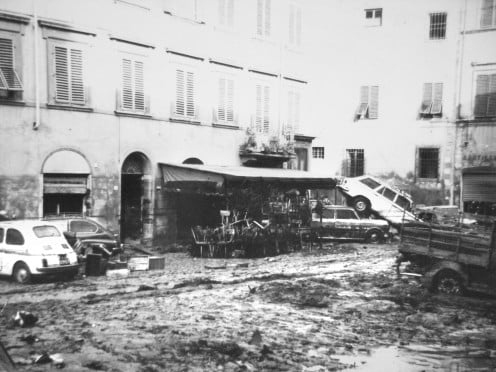
San Francisco, 1906 Earthquake
In the early hours of the morning after 5am on 18 April 1906, people in San Francisco in California were suddenly thrown to the ground as one of history's most famous natural disasters struck and the buildings around them collapsed. The streets were described as moving like 'waves of water'. Building after building was levelled, church spires buckled and fell and one hotel simply folded up, crushing to death all 80 people inside it. It took the lives of thousands of residents in all. The worst damage to property in the city occurred in the downtown area. All of Chinatown was destroyed and just one building was remained standing on the top of Nob Hill.
A number of fires broke out, fed by escapes from ruptured gas pipes, and by noon on the first day they were raging out of control. At the time the damage caused by the earthquake was estimated at around £7 million pounds ($9 million dollars) with fire damage at £140 million ($180 million). The earthquake measured 7.8 on the Richter scale and happened when the San Andreas fault, which runs from Mexico to northern California, suddenly jumped 4.5 to 6 meters (15-20 ft), releasing huge amounts of stored energy.
Short Clip of the San Francisco Disaster
Armenia, 1988 Earthquake
This was an enormous earthquake that destroyed parts of Armenia on 7 December 1988, at 11.41am. It has cost the lives of more than 100,000 people and left almost a million people homeless. The cities of Leninakan and Spitak, where the sports stadium are piling coffins, are in ruins. The modern buildings were poorly constructed which led to the rapid collapse after the earthquake, crushing people alive who lived in them, and the freezing weather made the situation even more worse.
The devastating earthquake, which measured 6.9 on the Richter scale, happened closely to the border of Turkey. Ever since this earthquake happened, a huge international effort was organised to help in finding survivors in the rubble. This major natural disaster followed a year of unrest, riots and ethnic violence in the region and also caused political mayhem with the Armenian district.
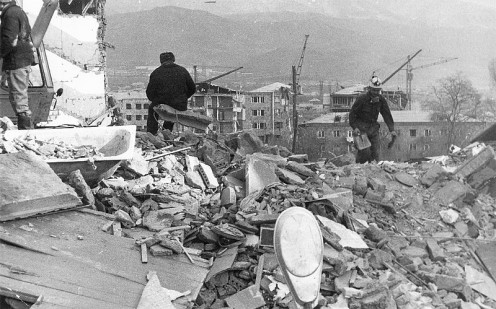
Kobe, 1995 Earthquake
The Kobe earthquake (or The Great Hanshin earthquake) was a major natural disaster to occur on 17 January 1995. Kobe is a port of Japan and lies 280 miles (450km) west of the capital city Tokyo. This was the worst natural disaster since 1923 in Japan. It measured 7.2 on the Richter scale, and it was from the movement of the Nojima Fault beneath the sea of Japan that caused this devastation, and struck for 20 seconds at 5.46am. The rescue service struggled to cope with the aftermath and thousands of lives were lost. Over 100,000 buildings were destroyed and the quake-resistant freeway lied in a terrible mess over the crushed remains of several vehicles. Over a hundred quays in the port of Kobe, used for loading and unloading ships, were also destroyed.
Kobe Destruction
Famines
A disaster that is often linked with drought is the problem of famine. Between 1984 and 1985 ten million people in Africa were forced to abandon their land because of drought
and in 1992 over 50 percent of the crops failed in eight of the countries in the Horn of Africa. Floods, of course, can also bring famine if farming land is inundated and crops washed away.
One country that has suffered a great deal from famine is Ethiopia. The loss of good soil due to over-farming has resulted in the over-use of the little land that remains. This, combined with long periods of drought, has brought the country to crisis point. Famine also occurs when food plants are attacked by pests and disease. In the 1840s Ireland was struck three times by a fungal blight that destroyed most of the potato crop. As potatoes provided over 80 percent of the calories needed by the poor, the effect was dramatic. It is estimated that over a million people died and the same number emigrated, reducing the population in Ireland by 25 percent.
It perhaps ought to be pointed out that very often human causes of famine can sometimes far outweigh natural causes. In Cambodia in the 1970s the policies of the Khmer Rouge regime led to the deaths by starvation of a million or more people.
Famine in Ethiopia 1984-85
Locusts
Locusts are large forms of grasshopper that are found all over the African continent and the Middle East. The best known varieties are the desert locust, which is found from North Africa to India, and the migratory locust, found in grasslands in Africa, Eurasia, Australia and New Zealand. Plagues of migrating locusts can cause devastation, destroying crops and plants over a wide area. A swarm can sometimes travel a distance of over 3000 kilometers (1875 miles). A single swarm can cover an area of 5000 sq km (3125 sq miles). Because they are so wide-ranging and move in such huge numbers, locusts are nearly impossible to control. Some methods and tactics that have been tried includes destroying the eggs, spraying swarms with insecticides and digging trenches to trap the young locusts before they can fly. It is quite effective but not enough to stop the spread.
And yes, a plague of locusts is a natural disaster, or they can cause natural disasters in some parts of the world. Sadly, these creatures still cause fear and mayhem today.
Lastly, perhaps we need to consider the natural disasters that we are causing ourselves. Through our mismanagement of the planet's resources we have catapulted hundreds of species of plants and animals into extinction, at the same time maybe wrecking our own long term prospects for survival. Maybe this is one disaster that could be averted if we earthlings are willing to act with a sense of responsibility and care.

